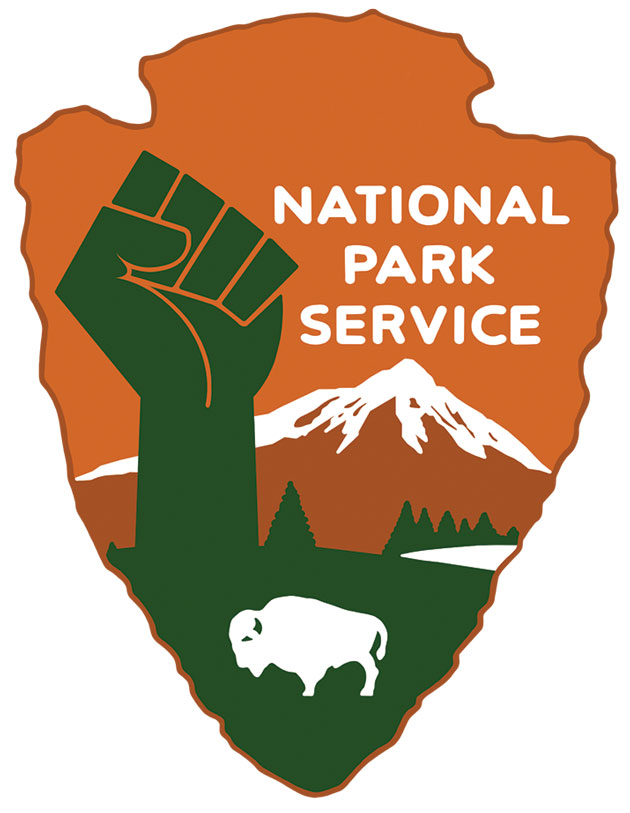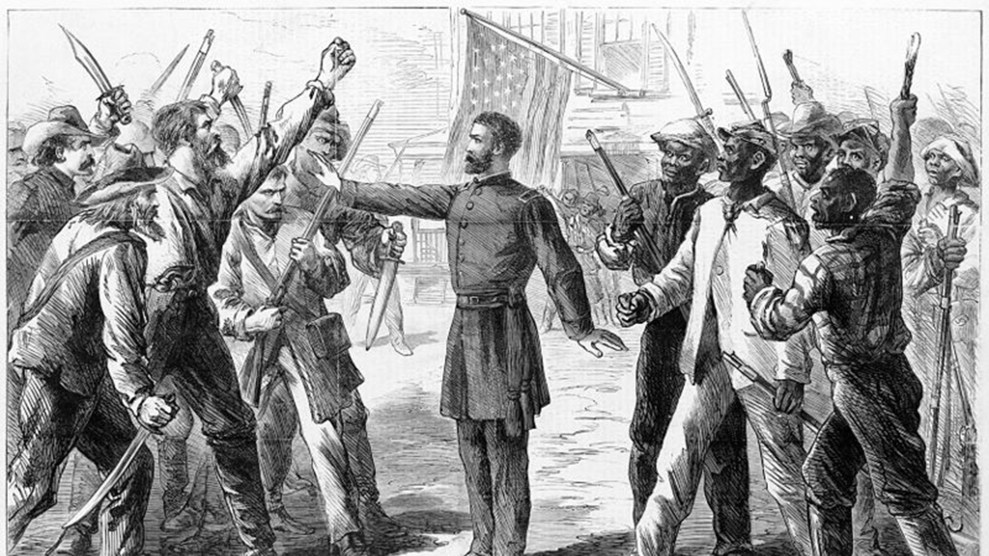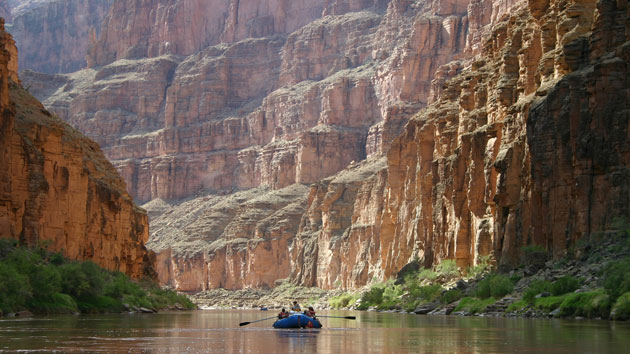
Teddy Roosevelt’s ranch is a national park. His face is a national monument. His Long Island estate is a national historic site—as are the Gramercy Park brownstone where he was born and the Buffalo mansion where he took the oath of office. In Washington, DC, the National Park Service maintains a channel island in the Potomac with a 17-foot statue of the soft-spoken, big-stick-wielding bull moose himself, not far from where the 26th president used to swim with his aides. (“In the buff,” as they say.) The park service, like lots of other custodians of American history, has always had a bias toward great men and heroic arcs, and that is reflected in the places it has chosen to protect and preserve.
But, little-noticed at the time, President Barack Obama’s National Park Service embraced another side of our history. While no one would think the agency had been taken over by Howard Zinn, the record 34 new national monuments it created during Obama’s presidency leaned heavily on social movements and the injustices they fought against—an expansion that reflected the inclinations of the community organizer turned statesman. “I don’t think he thinks like a presidential historian,” a historian who had dined with Obama told the New York Times. “I think he thinks like a social historian.”
The new national sites included Hawaii’s largest internment camp, the birthplace of the gay rights movement in Greenwich Village, the Alabama bus depot where the first group of Freedom Riders was beset upon by the Klan, the site of one of America’s largest labor uprisings, and the headquarters of the National Woman’s Party. (See below.) In January, as one of his final acts in office, Obama set aside the first national park site dedicated exclusively to Reconstruction—an affirmative step toward reclaiming an era of black political power that has been deliberately distorted in the historical memory. This collection of buildings near Beaufort, South Carolina, was a fitting conclusion to an eight-year exercise in soft power.
The Park Service’s earlier attempts to embrace America’s historical underdogs were often met with resistance. When construction workers in Lower Manhattan discovered thousands of slave remains on the site of a proposed federal building in 1991, Washington’s first instinct was to simply move them—it took more than a decade of protests and political maneuvering to set aside African Burial Ground National Monument. The decision to protect Manzanar, the former Japanese internment camp near Death Valley, drew a furious backlash in the early 1990s—one WWII veteran reported driving 200 miles just to piss on the grounds—but Manzanar persists as a monument to tyranny and dissent. The first attempt to designate a Reconstruction monument was shot down in 2003 after an outcry from the Sons of Confederate Veterans. It took years of lobbying and advocacy to tell these stories through government-funded channels, but it also took presidents willing to accept the fact that history, told right, is messy—and seldom pretty.
A federal agency with the power to shape historical narratives cannot be apolitical; the only question is which stories it chooses to tell. So which ones won’t be told in the next four years—and, just as critically, which will? President Donald Trump is already dropping hints. His first official National Park Service site visit took him to Nashville, where he placed a wreath at Andrew Jackson’s grave—making Trump the first president to visit the Hermitage in 30 years. So much for the social historian in chief.
With Trump’s first budget blueprint this spring, the president signaled that the era of an expanding parks system might be over. His proposal called for a 12 percent cut to the Interior Department at a time when the National Park Service and related agencies already face a massive backlog. The blueprint specifically advocated limiting the park service’s future growth by focusing resources on maintenance of the existing system rather than acquisition of new sites. Grants from Obama’s Interior Department funded arts projects with historical and cultural merit, such as Resistance at Tule Lake, a documentary exploring the “long-suppressed story” of the government’s mistreatment of Japanese American internees who refused to take a loyalty oath. Given Trump’s insistence on getting the government out of the arts business altogether, who knows whether such projects will still be funded four years hence.
The president also has taken aim at the public lands Obama set aside. Interior Secretary Ryan Zinke is reviewing 22 national monuments established by three presidents over the past two decades, with an eye toward downsizing or even delisting some of them. No president has stripped a national monument of its protections before. Then again, no administration has ever been run by a delusional reality-TV host either. Lately, once a week or so, Zinke has been announcing the fate of a different monument. On July 13, he revealed that Craters of the Moon National Monument would get a reprieve. On July 21, it was Canyons of the Ancients. On August 2, Upper Missouri River Breaks. It’s like The Great British Bake-Off, except the contestants are fragile habitats and the losers are opened up for mining.
It is an understated aspect of Obama’s legacy, but a very real one: The president who invoked Stonewall and Seneca Falls at his second inaugural helped to change the stories America told itself. But now that legacy is in jeopardy, just like everything else.
8 Monuments to Americans’ Fight Against Oppression
Women’s rights: Located in a 200-year-old house just down the street from the Capitol are the offices of suffragette Alice Paul’s National Woman’s Party, which, in addition to pressing its founder’s cause, was on the front lines in the fights for the Equal Rights Amendment and for the inclusion of women in the 1964 Civil Rights Act.
Workers’ rights: Southern California’s César E. Chávez National Monument tells the story of the United Farm Workers’ 1970s campaign to organize Latino laborers. The Pullman National Monument on Chicago’s far South Side commemorates a manufacturing center that employed thousands of black workers—and the bloody strike that occurred there in 1894.
Civil rights: The Freedom Riders National Monument in Anniston, Alabama, marks the spot where a bus carrying a group of interracial activists was firebombed. The 16th Street Baptist Church, where four girls were killed in a 1963 terrorist attack, is a centerpiece of the new Birmingham Civil Rights National Monument.
Human rights: Obama designated two sites to the work of the anti-slavery activist Harriet Tubman: Underground Railroad National Historical Park, on Maryland’s Eastern Shore, and Harriet Tubman National Historical Park, at her home in Auburn, New York.
Gay rights: The tiny Stonewall National Monument in New York’s Greenwich Village is centered on the Stonewall Inn, where a 1969 NYPD raid led to days of protests and kick-started the gay rights movement. Bonus: It’s the only site in the National Park system where you can grab a beer at 3 a.m.













